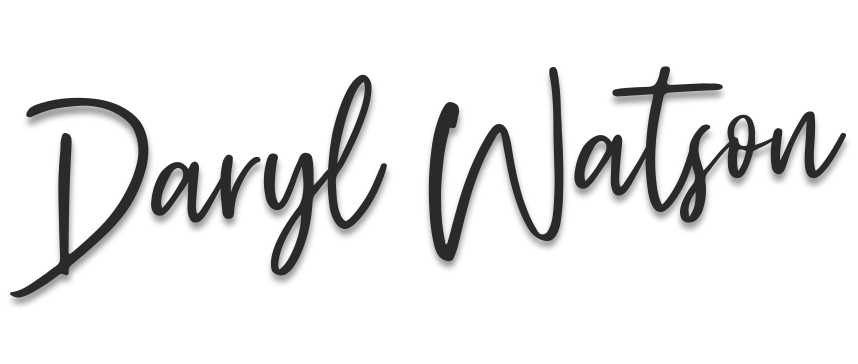New beginnings
I know I can’t turn back time, but this I do know…… it’s never too early and it’s never too late for a new beginning.
“Four young men sit by the bedside of their dying father. The old man, with his last breath, tells them there is a huge treasure buried in the family fields. The sons crowd around him crying, “Where, where?” but it is too late. The day after the funeral and for many days to come, the young men go out with their picks and shovels and turn the soil, digging deeply into the ground from one end of each field to the other. They find nothing and bitterly disappointed, abandon the search……
…𝗧𝗵𝗲 𝗻𝗲𝘅𝘁 𝘀𝗲𝗮𝘀𝗼𝗻 𝘁𝗵𝗲 𝗳𝗮𝗿𝗺 𝗵𝗮𝘀 𝗶𝘁𝘀 𝗯𝗲𝘀𝘁 𝗵𝗮𝗿𝘃𝗲𝘀𝘁 𝗲𝘃𝗲𝗿.”
– As told by Benjamin Zander in “The Art of Possibility”
Perhaps now is a good time to refine your plans for future harvests.
Is it time to start and dig a little deeper perhaps?
What new beginnings lie ahead for you?

 Some professionals like doctors, lawyers and journalists are taught how to ask great questions as part of their training. In my own professional career through sales and coaching, I have found it equally important to be able to formulate and ask the right question. Questions aid performance, close sales, help provide inspiration and direction, they even help to build trust and rapport. It is a useful skill to be able to ask great questions.
Some professionals like doctors, lawyers and journalists are taught how to ask great questions as part of their training. In my own professional career through sales and coaching, I have found it equally important to be able to formulate and ask the right question. Questions aid performance, close sales, help provide inspiration and direction, they even help to build trust and rapport. It is a useful skill to be able to ask great questions.